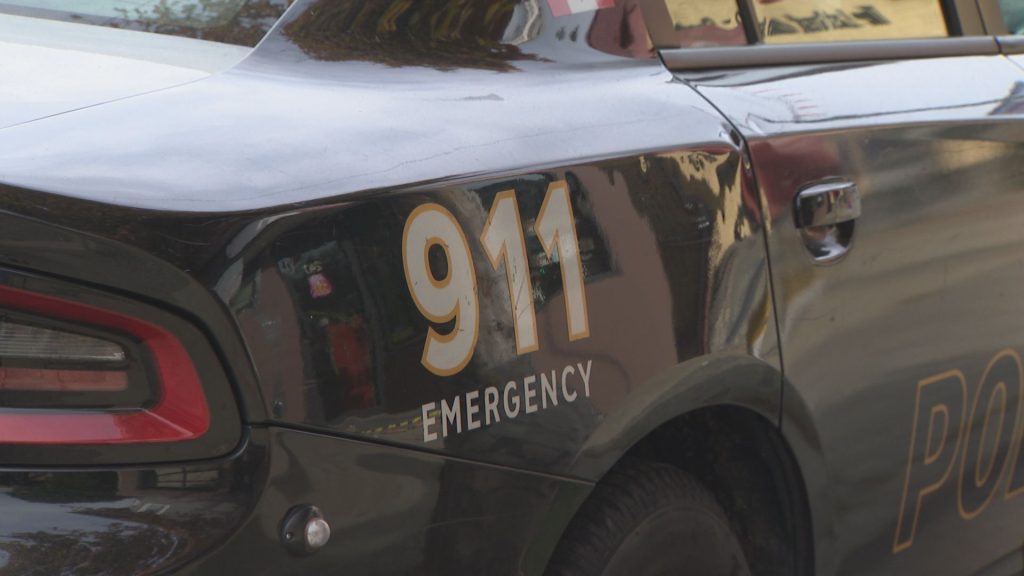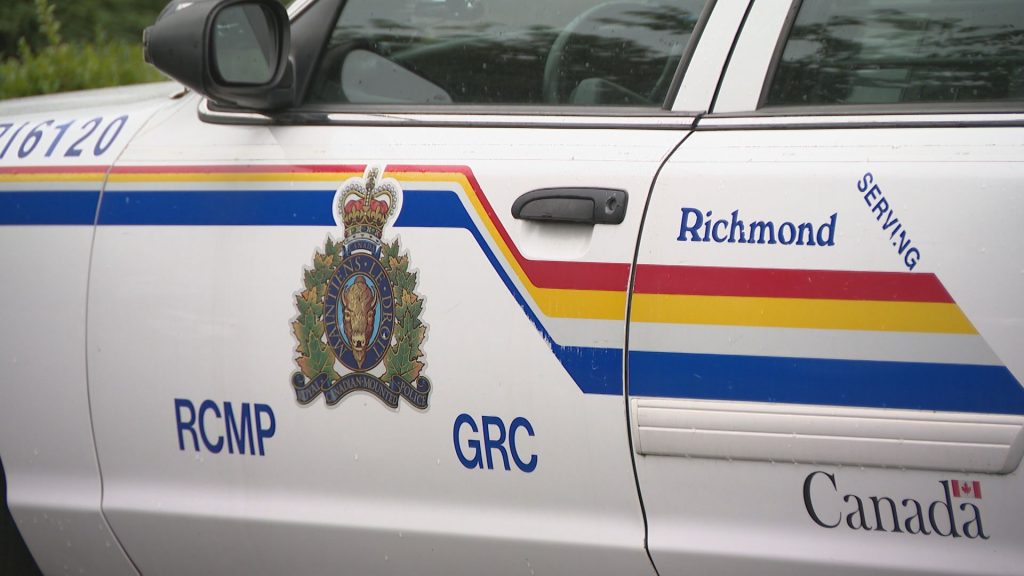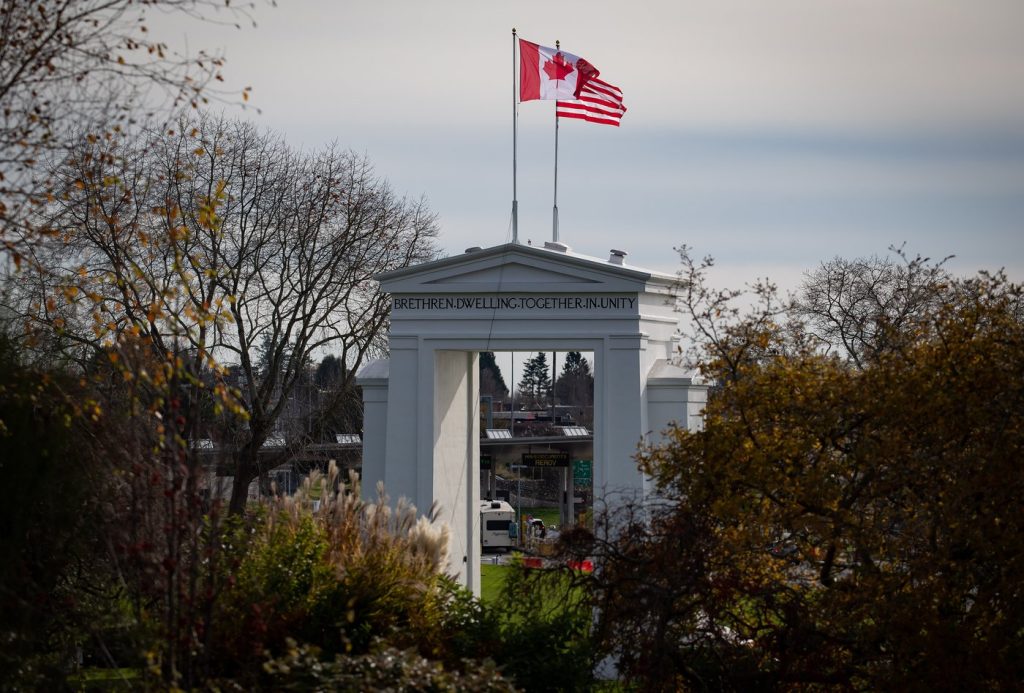Greater Vancouver homeless count reveals 32% increase since 2020

Posted October 5, 2023 7:35 am.
Last Updated October 5, 2023 8:19 pm.
We’re getting a snapshot of the number of people experiencing homelessness in Metro Vancouver, and the circumstances that led them to shelter on the street.
The results of the 2023 Point-in-Time Homeless Count for Greater Vancouver show a 32 per cent increase in the number of people experiencing homelessness across the region since the last count in 2020.
“Increases were measured across all 11 communities surveyed, with most communities measuring record numbers of people identified as experiencing homelessness,” the Homelessness Services Association of BC said Thursday.
The count is done every three years and involves an army of volunteers spreading out across the region over 24 hours in early March, not just counting heads but surveying those they find, both sheltered and unsheltered.
“It’s primarily to give us a sense of what homelessness looks like in Metro Vancouver, the scope of it, how it has changed over time,” said David Wells, chair of the Metro Vancouver Indigenous Homelessness Steering Committee.
In 2020, 3,634 people were reported to be experiencing homelessness, with that number growing to 4,821 in 2023.
According to the report, more than 60 per cent of those counted were staying in a shelter the night of the count, however, of those who were unsheltered, almost 50 per cent were staying outside. Nineteen per cent were staying at someone else’s home, 16 per cent were staying in a self-made shelter or tent, while nine per cent were staying in a vehicle.
Related Article: Lower Mainland’s first homeless count in 3 years underway
“It gives us a sense of if we are seeing changes in the nature and complexion of that homelessness in terms of age, gender, culture, and duration of homelessness. The surveys have become more developed over time, become more advanced in terms of the types of questions we have been able to ask,” Wells said.
The data is meant to guide decisions and help policy-makers think about the resources and services available to help address homelessness.
“This last count we had about 650 volunteers who went out during a specific point in time in Metro Vancouver,” Wells told CityNews. “They did a count both in terms of the emergency weather shelters and the unsheltered folks.”
“When it comes to non-sheltered individuals, we know it’s an undercount, we know we won’t be able to capture everybody as people, over time, have spread out further and further away from urban service centres. It’s more of a snapshot.”
But it’s an important snapshot, Wells explains, of the demographics of people experiencing homelessness.
“It’s quite diverse, but we know from the 2020 count that the Indigenous share of homelessness was about 33 or 34 per cent, which is about 13 times the population in terms of share. We know we’ve got over-representation within Indigenous populations. I think there are other racialized populations that may also be over-represented, but certainly, the largest is the with the Indigenous community.”
The 2023 count shows that particular number has not decreased, with 33 per cent of those counted in March identifying as Indigenous. Of those respondents, 64 per cent reported that they were survivors, or generational survivors, of the residential school system.
Wells says volunteers also went into the large tent cities at the time in Vancouver’s Downtown Eastside.
“They engaged with folks who are leaders within those encampments, who then assisted with the process so we could get that data. We did find a lot of cooperation because it’s important that we have an understanding of who’s homeless and why.”
This year’s count also found that a large majority of folks experiencing homelessness are aged between 25 and 54 years old, however, eight per cent of those recorded were under the age of 25. It also found that almost half of the more than 4,800 counted first experienced homelessness as a youth.
Wells says the message for all levels of government is that homelessness is not going away.
“There’s so much more to do. We have not solved homelessness and I think people see that the size and scope and the complexion of homelessness is very broad, very diverse.”
“There is no one thing that causes homelessness — it is quite a diverse range of circumstances that leads to this.”
Wells feels there needs to be more investment and engagement to help people get into housing. This year’s count found that 64 per cent of responded have been living in the houseless community for more than one year, with 64 per cent of those being in the community for five years or more.
“There are a lot of agencies and organizations out there that are doing a lot of good work but they don’t have the resources or maybe the policy support they need to do the work they want to do.”
For the public, Wells hopes the data will paint a realistic picture of homelessness in Metro Vancouver.
“People see, whether they are driving to work or on transit, a snapshot of an individual they see who is homeless. But they don’t get a broader sense of the scope of the issue and they don’t get a picture of how long folks are homeless. Is this one day, one year, five years? What is it that’s led to that place and how diverse is homelessness in Metro Vancouver?”
The survey also found that 30 per cent of those reported disclosed they have an acquired brain injury, with more than 60 per cent saying that have two or more health concerns.
From the more than 4,800 people reported overnight in March, 69 per cent of those counted were men, 28 per cent woman, with three per cent reporting another gender identity. Twelve per cent of the overall respondents identified as being 2SLGBTQIA+, and three per cent identified as being transgender.
B.C. premier ‘disturbed’ by rise in homelessness
In an unrelated news conference Thursday, B.C. Premier David Eby says that he is “disturbed” by the growth in people experiencing homelessness.
“This is a significant issue,” he said. “It’s why we established a province-wide count around homelessness, so we could track what’s happening.”
Eby says that in his own riding of Vancouver-Point Grey, a building which would house 100 people, funded by the province, has been sitting for two years.
“In Victoria, by contrast, those same buildings, that same tranche of funding, those buildings are opening, and housing people,” he said. “We have to make sure that we’re closing the gap between funded housing and actually opening the doors with our municipal partners. That’s why we set the housing targets in place.”
Eby notes the government is moving to “be aggressive” when it comes to the loss of rental housing to short-term rentals like AirBnB, explaining that, “we’re introducing legislation, we’re going to make sure that we’re providing attainable middle-income housing to take pressure off the low end by allowing more than one unit per lot in legislation we’re introducing here.”
“In short, we’re going to do everything possible to take action on this crisis, which it very seriously is,” Eby said.
Meanwhile, Housing Minister Ravi Kahlon says housing challenges are not just being felt in urban centres and big cities.
“These are challenges we’re facing everywhere. We’ve seen through the pandemic, a major shift in populations. Not only have we seen a significant increase in people coming to British Columbia, but … people are able to work mobile now, and people are moving to smaller communities, which is putting downward pressure on housing in all those communities,” he explained.
Kahlon notes the province is investing in housing projects in smaller communities and reserves — the only province in Canada doing so.
“I expect to see [homeless counts] come down, but it’s going to require investments in affordable housing.
“The suggestion that we can somehow step away and let the private sector just solve this problem, is just not going to happen. It’s going to require government to be an active participant. That’s what we’ve been doing in British Columbia and that’s what we’re going to continue to do.”
–With files from Greg Bowman








